Results show much higher phosphorus requirements than previously reported
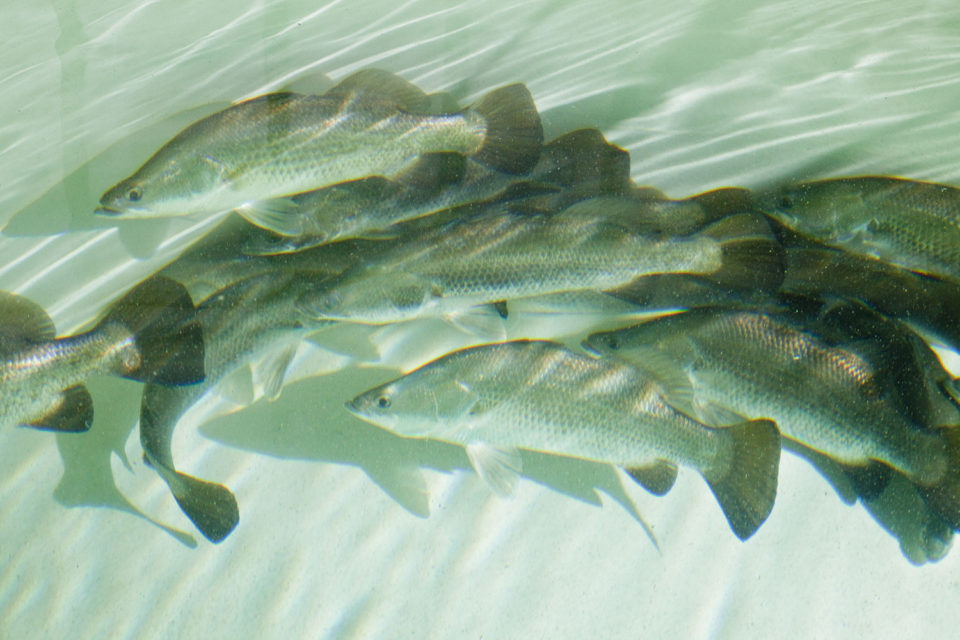
The reliable supply of raw materials to sustain the expansion of the aquafeed industry is a major challenge to ensure the production of sustainable seafood for a growing population. The feasibility for alternative protein sources to replace fishmeal in freshwater and marine fish and shrimp has been a major research topic for several decades. Currently, three main categories of fishmeal and fish oil replacements are available and used at commercial scales: terrestrial plant meals, rendered animal byproducts, and seafood processing wastes. Other fishmeal and oil replacements – such as insect meal and various algae and microorganisms – are showing good prospects but need to be more cost-effectively produced at scale to be efficiently included in commercial fish and shrimp feeds.
Partial replacement of fishmeal (>50 percent) is now regularly achieved in most omnivorous and carnivorous species at the commercial scale, and more recent innovations have allowed successful validation of zero fishmeal diets for carnivorous fish such as barramundi (Lates calcarifer). The Asian sea bass, as it is also known, is a commercially relevant species produced in both in freshwater (11,130 tons) and seawater (65,713 tons) with a global value of $320 million. While most of its nutrient requirements are known, little is known regarding even the most basic mineral requirements with the exception of phosphorus and selenium, and improving phosphorus retention efficiency is of particular relevance to barramundi culture.
Rendered animal byproducts – such as poultry meal, blood meal, feather meal and meat and bone meal – are increasingly being relied upon as high-quality alternative sources of protein for fish feeds to replace fishmeal. Their advantages compared to plant protein tend to be more complete amino acid profiles, and for some of them, high levels of available lysine, methionine and phosphorus. Reports are mixed to the extent to which these byproduct meals are used in aquafeeds today.
Improving the utilization of protein and phosphorus in aquaculture is at the forefront of improving fish performance, through improving nutrient retention and growth rates, as well as improving water quality through minimizing nitrogen and phosphorus discharge into the environment. In most fish, the main signs of phosphorus deficiency include problems associated with skeletal deformities and modulation of intermediate metabolism leading to poor growth and poor feed efficiency.
This article – adapted and summarized from the original publication – reports on two experiments conducted to better characterize the nutritional value of a high-quality poultry meal (PPC) against standard poultry byproduct meal (PBM) in barramundi and the potential for phosphorus supplementation to improve the retention of these meals. The two objectives for each experiment were to test the effect of substituting PBM with PPC in diets pair-fed to juvenile barramundi on growth, digestibility and nutrient retention efficiency; and to test the effect of substituting PBM with PPC in diets pair-fed and satiation fed with and without phosphorus supplementation on barramundi growth and nutrient retention efficiency.
We thank Sue Cheers, Barney Hines and David Poppi for assistance with chemical sample analysis. Dean Musson, Isaak Kadel and Natalie Habilay for assistance in maintaining the experiments. This study was funded by Ridley Aquafeeds and CSIRO as part of an ongoing collaborative research agreement.
Study setup
Fingerling barramundi were sourced from a commercial hatchery, and both experiments were carried out in replicated, 500 L conical bottom tanks (n=3 per treatment) at the Bribie Island Research Centre, Queensland, Australia. The experimental tanks were set up with continuously flowing, aerated seawater with water temperature of 30 degrees-C for the duration of both experiments. Photoperiod was set at 12L:12D. Water temperature and dissolved oxygen averaged 29.8 degrees-C and 7.50 mg/L respectively for Experiment 1, and 30.0 degrees-C and 5.70 mg/L respectively for Experiment 2.
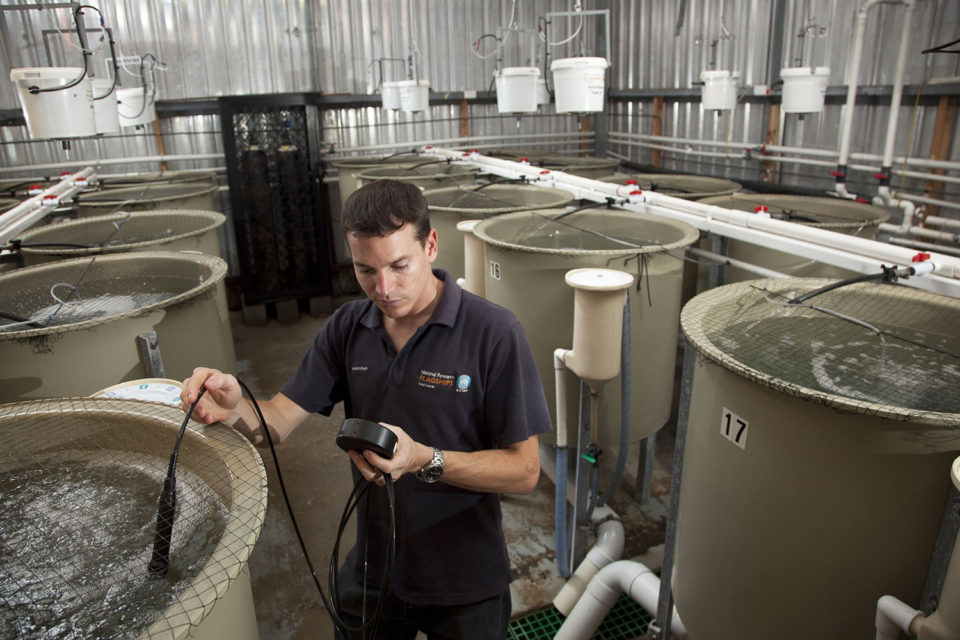
Prior to each experiment, 40 fish were weighed from a pooled population to minimum of 0.1 grams accuracy to obtain a population size estimate. Only fish within one standard distribution of the mean were selected to be stocked into the experiments. Twenty five fish of 63.0 gram ± 4.5 SD in experiment 1 and 25 fish of 69.5 grams ± 5.7 SD in experiment 2 were then allocated to each tank. Fish were anaesthetized prior to each weight check day.
A total of 10 diets were prepared for this study. Each tank of fish were fed their respective diet once a day, either a restricted ration or to satiety depending on treatment. All uneaten feed was removed from the collection tank following feeding and dried to allow for calculation of apparent feed intake.
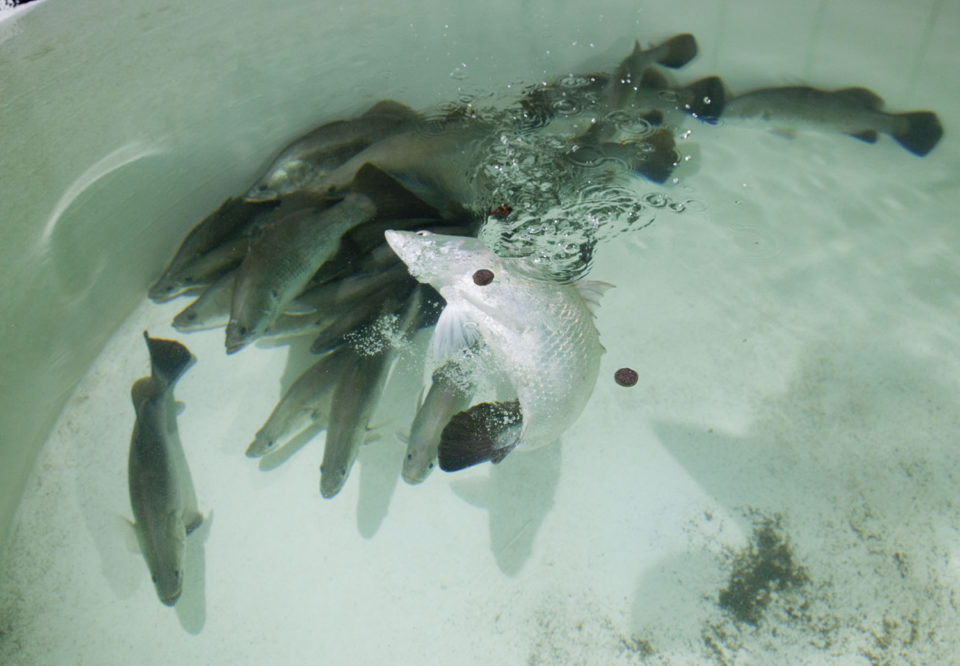
For Experiment 1, five dietary treatments composed of incremental levels of PPC from 0 to 20 percent substituting PBM (designated as PPC0, PPC5, PPC10, PPC15, PPC20). Diets were formulated to be isonitrogenous and isocalorific.
For Experiment 2, four dietary treatments composed of incremental levels of PPC from 0 to 20 percent substituting PBM (designated as PPC0+P, PPC6.7+P, PPC13.3+P, PPC20+P) were formulated in isonitrogenous, isocalorific and isophosphoric diets through substitution of blood meal and dicalcium phosphate supplementation. An additional dietary treatment was formulated with 20 percent PPC without any phosphorus supplementation (PPC20-P), to match closely the composition of PPC20 in Experiment 1.
For detailed information on culture system and fish measurements; dietary treatments (including ingredient composition, measured macronutrient and essential amino acid composition), and feed manufacture and feeding; digestibility; chemical composition analyses; and calculations and statistical analyses, please consult the original publication.
Results and discussion
Our results demonstrated the efficacy of PPC to replace regular PBM in juvenile barramundi. PPC shows excellent nutritional properties that could potentially be used as a novel commercial high-quality fishmeal replacer for aquaculture. The apparent digestibility of protein, energy and phosphorus in diets containing incremental levels of PPC against PBM (and BM) increased significantly, indicating PPC is a more digestible source of protein and energy than other common rendered animal products.
For Experiment 1, barramundi showed a clear trend for reduced performance when fed an increasing amount of PPC from 0 to 20 percent in Experiment 1. A significant decrease in final wet weight, daily weight gain, specific growth rate (SGR), as well as increased in FCR, was found for PPC15 and PPC20 compared to PPC0. Feed consumption and survival was identical for the various treatments.
Retention efficiency of energy, calcium and phosphorus were not significantly different, but the protein in the PPC20 diet was retained less efficiently than PPC0. The apparent biological value (ABV) of the diets for protein and energy was significantly reduced with inclusion of PPC from 0 to 20 percent, from 69 to 48 percent, and 74 to 64 percent for protein and energy, respectively. Phosphorus ABV did not vary significantly between diets.
For Experiment 2, barramundi showed a significant improvement in final weight, daily weight gain, SGR and FCR with increasing amount of PPC from 0 to 20 percent in experiment 2, but only when diets were supplemented with phosphorus in the form of dicalcium phosphate. Fish on PPC20+P showed significant higher final weights, weight gain, SGR and lower FCR than fish fed PPC0+P and PPC20-P. Phosphorus supplementation to PPC20 had a significant positive effect on SGR, FCR, energy and calcium retention efficiencies whether the fish were pair-fed a restricted ration (~70 percent of satiation) or fed to satiation.
Interaction effects were found for final weight, weight gain and feed consumption in experiment 2, where the supplementation of phosphorus had a more pronounced positive effect in satiation fed fish than pair-fed fish, due to the feeding restriction reducing the scope for growth. These data agree with those from experiment 1, and when integrated into a single response plot as relative weight gain against the respective control diets, indicate a positive growth response to PPC is only occurring when dietary phosphorus is >1.5 percent, even when fish are fed to satiation (Fig. 1).
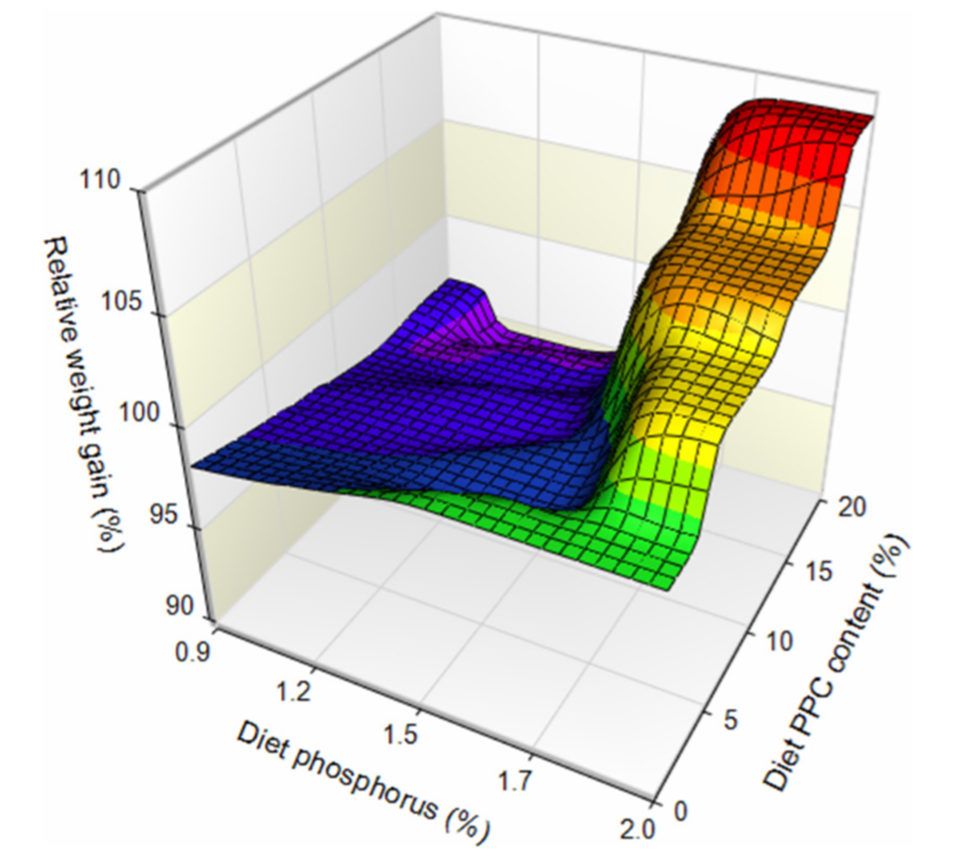
The need for phosphorus supplementation in our study was further demonstrated by the PPC20-P diet without additional phosphorus, which was used as a negative control and to compare with a very similar diet in Experiment 1. The strategy used in the second experiment resulted in a clear growth depression when pair-fed, in agreement with experiment 1, compared to PPC20+P. Quite remarkably the fish fed PPC20-P to satiation were also significantly smaller than the PPC20+P, clearly suggesting that they were not able to compensate by simply consuming more food. The impact on weight gain was in fact further pronounced for fish fed to satiation, as noted by the significant interaction effect, due to the greater scope for growth differences achieved with high feed intake.
The body composition of fish at completion of Experiment 2 responded similarly to phosphorus supplementation whether fed to satiation or restricted. The phosphorus supplementation resulted in a clear improvement in carcass phosphorus and ash content, while decreasing carcass total energy, biochemically linked to a trend for lower carcass total lipid. Calcium retention efficiency also improved significantly with inclusion of PPC, with retention efficiencies above 100 percent in Experiment 2, and negative calcium apparent digestibility values in experiment 1, clearly indicating barramundi were also uptaking and retaining significant calcium from seawater in the present study.
Calcium was therefore unlikely to have been deficient in the PPC diets and in the culture conditions of our experiments, despite the lower calcium content of PPC compared to fishmeal and traditional PBM. However, calcium deficiencies might be a compounded issue on bone mineralization when using PPC with freshwater-reared barramundi, so further research on calcium requirement in low salinity growing condition is important.
Excess dietary calcium is known to have an antagonistic effect on the absorption of phosphorous. Therefore, the interaction between these key minerals is critical, especially when phosphorus ABV values close to 100 percent indicate that all digestible phosphorus is being retained by the fish.
Perspectives
Our results demonstrated the efficacy of PPC to replace regular PBM in juvenile barramundi. PPC shows excellent nutritional properties that could potentially be used as a novel commercial high quality fishmeal replacer for aquaculture.
Weight gain on PPC+P fed to satiation was 130 percent of modelled growth rates for barramundi of this size and rearing temperature, indicating novel diets with PPC in a formulation rich in phosphorus can have a large impact on culture performance.
Our study provides empirical evidence for a much higher phosphorus requirement in juvenile barramundi (60 grams) compared to the published literature. A significant decrease in growth performance was noted when phosphorus content was <1.3 percent in the first experiment, which is more than twice the known requirement for this species.
Moreover, in the second experiment the barramundi fed an un-supplemented diet were not able to compensate for the low phosphorous level. When combined, the surface plot indicates that positive growth from PCC is only achieved in diets containing >1.5 percent phosphorous, which is equivalent to > 0.7 percent digestible phosphorus based on the digestibility estimates obtained in this study.
This finding indicates further research in defining the optimal phosphorus requirement in high performing diets for barramundi is warranted, and also developing nutritional strategies to improve its digestibility to minimize waste discharge to the environment. This is especially important to ensure the scope for growth is not affected when testing the nutritional value of novel protein sources, as demonstrated in this study.
References available from the original publication.
Now that you've reached the end of the article ...
… please consider supporting GSA’s mission to advance responsible seafood practices through education, advocacy and third-party assurances. The Advocate aims to document the evolution of responsible seafood practices and share the expansive knowledge of our vast network of contributors.
By becoming a Global Seafood Alliance member, you’re ensuring that all of the pre-competitive work we do through member benefits, resources and events can continue. Individual membership costs just $50 a year.
Not a GSA member? Join us.
Authors
-
Cedric J. Simon, Ph.D.
The Commonwealth Scientific and Industrial Research Organisation (CSIRO)
Bribie Island Research Centre
144 North Street, Woorim 4507, Australia; and
The Commonwealth Scientific and Industrial Research Organisation (CSIRO)
Queensland Bioscience Precinct
306 Carmody Road, 4067, Australia[117,97,46,111,114,105,115,99,64,110,111,109,105,115,46,99,105,114,100,101,99]
-
Michael J. Salini, Ph.D.
Ridley Aquafeeds
4/31 Robart Court
Narangba 4504, Australia -
Simon Irvin
The Commonwealth Scientific and Industrial Research Organisation (CSIRO)
Bribie Island Research Centre
144 North Street, Woorim 4507, Australia -
David Blyth
The Commonwealth Scientific and Industrial Research Organisation (CSIRO)
Bribie Island Research Centre
144 North Street, Woorim 4507, Australia -
Nicholas Bourne
The Commonwealth Scientific and Industrial Research Organisation (CSIRO)
Queensland Bioscience Precinct
306 Carmody Road, 4067, Australia -
Richard Smullen, Ph.D.
Ridley Aquafeeds
4/31 Robart Court
Narangba 4504, Australia
Tagged With
Related Posts
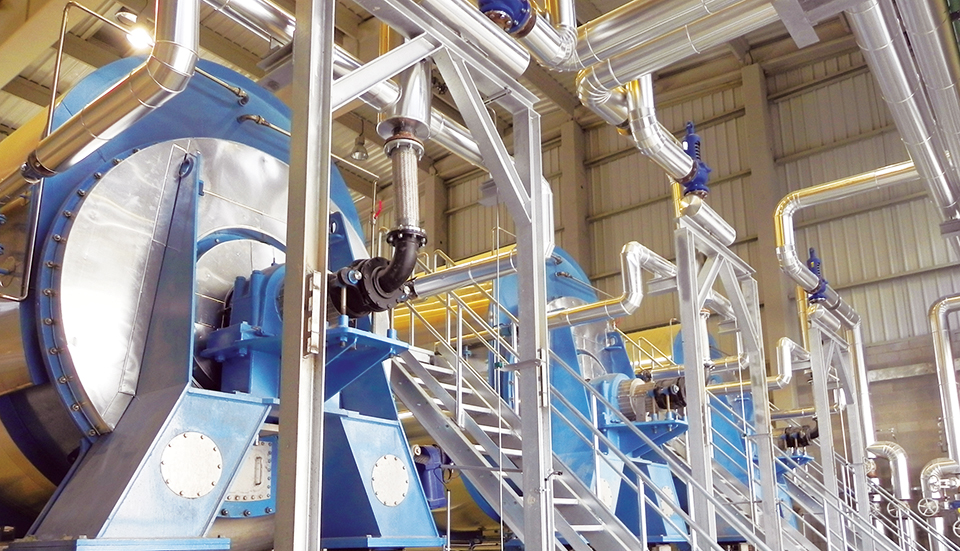
Aquafeeds
Animal byproduct concentrates useful tools in formulation
With the market volatility of fishmeal, as well as rising sustainability concerns, the aquaculture industry is seeking sources of protein, such as animal byproduct concentrates, to substitute for fishmeal.
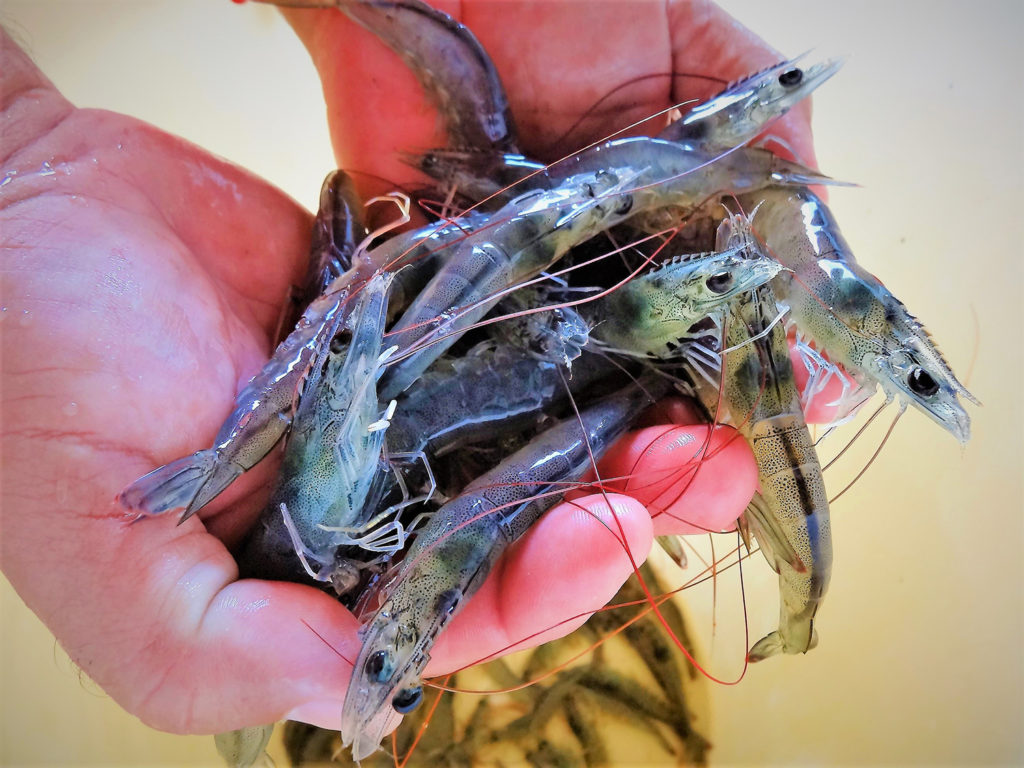
Aquafeeds
Krill meal performs well in shrimp feed experiments
A study of experimental diets for juvenile shrimp showed a halving of fishmeal usage. Limited inclusion of krill meal offset other expensive ingredients.
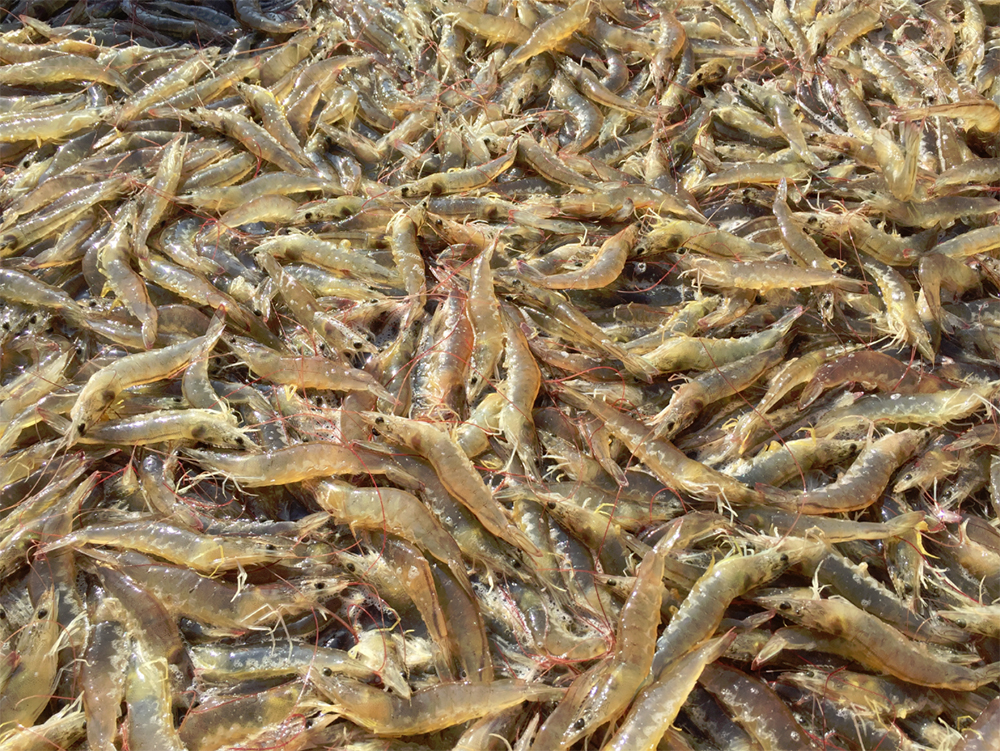
Aquafeeds
Shrimp feed sustainability conundrum: Fishmeal substitution
A shift towards crop-based ingredients in shrimp feeds reduces dependency on marine resources but places resource demands onto the land and could impact the nutritional value of shrimp.
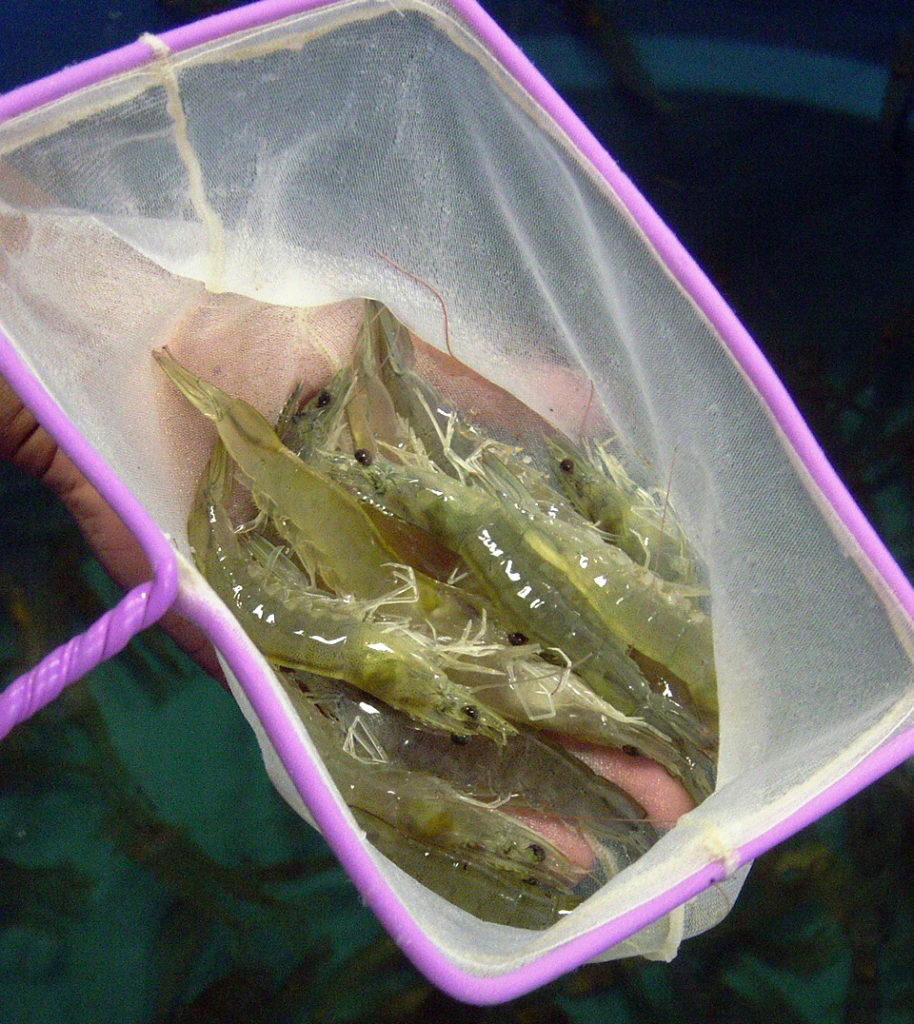
Aquafeeds
Methionine hydroxy analog supplements low-fishmeal shrimp diets
In a study, the authors evaluated the performance of juvenile white shrimp grown at high density and fed diets with varying levels of methionine. Trends toward improvements in feed intake were observed for diets with reduced fishmeal and HMTBa supplementation.


